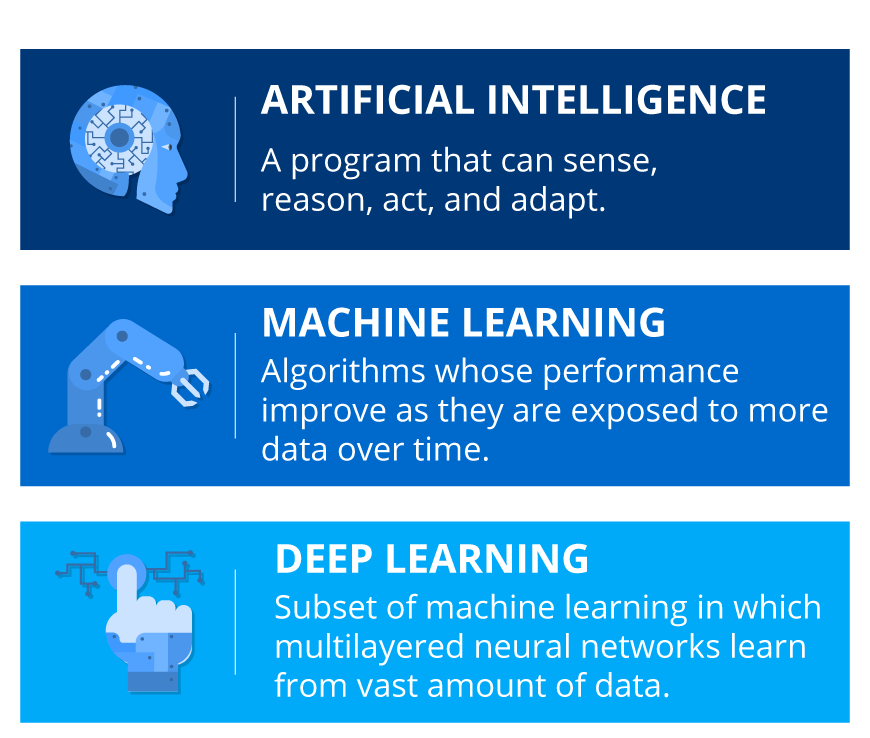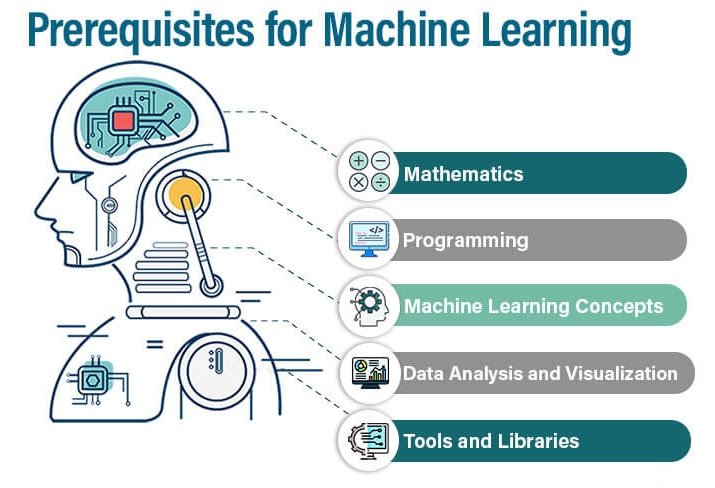How to Start a Career in AI or Machine Learning
The rise of artificial intelligence (AI) and machine learning (ML) has brought about a revolution in various industries, from healthcare and finance to entertainment and transportation. AI is increasingly seen as the future, with applications ranging from self-driving cars to personal assistants. As a result, many are looking to transition into this booming field. But how exactly can you begin your career in AI or machine learning?
Starting a career in AI or ML requires a blend of technical skills, continuous learning, and passion for problem-solving. Whether you’re a beginner or looking to enhance your existing knowledge, this blog will guide you through the steps needed to break into the world of AI and machine learning.

Step 1: Understand the Basics
Before diving into the technical aspects, it’s important to understand what AI and machine learning are and how they are applied. In simple terms:
- Artificial Intelligence (AI) refers to the simulation of human intelligence in machines, enabling them to perform tasks that typically require human intelligence, such as decision-making and problem-solving.
- Machine Learning (ML) is a subset of AI that involves teaching computers to learn from data and improve their performance over time without explicit programming.
Familiarize yourself with the different branches of AI:
- Supervised learning: Learning from labeled data to make predictions or classifications.
- Unsupervised learning: Learning from unlabeled data to find hidden patterns.
- Reinforcement learning: Teaching agents to make decisions through trial and error.
Step 2: Build a Strong Foundation in Mathematics and Programming
AI and ML are rooted in mathematics, particularly linear algebra, calculus, probability, and statistics. Understanding these concepts is crucial for building and improving algorithms.
Mathematics:
- Linear Algebra: Helps in understanding data representation and matrix operations.
- Calculus: Important for optimization algorithms like gradient descent used in training models.
- Probability and Statistics: Essential for understanding data distributions, hypothesis testing, and evaluating models.
Programming Languages: To implement AI and ML algorithms, you must be proficient in at least one programming language. Python is the most popular choice due to its rich ecosystem of libraries and frameworks, including:
- NumPy and Pandas for data manipulation.
- Matplotlib and Seaborn for data visualization.
- Scikit-learn for classical machine learning algorithms.
- TensorFlow and PyTorch for deep learning.

Step 3: Take Online Courses or Pursue a Degree
Learning AI and machine learning requires structured education. Online platforms provide a wealth of courses for all levels. Some of the most popular ones include:
- Coursera: Offers courses like Andrew Ng’s famous Machine Learning course, which is great for beginners.
- edX: Offers AI programs from universities like MIT, Harvard, and Stanford.
- Udacity: Features a deep learning nanodegree and AI programs.
If you prefer formal education, you can pursue degrees in fields like Computer Science, Data Science, or Artificial Intelligence. A degree can be a valuable asset for gaining a deeper understanding and standing out in the job market.
Step 4: Hands-on Practice with Projects
While theory is important, hands-on experience is key to mastering AI and machine learning. Work on real-world projects to apply what you’ve learned and build a portfolio. Some project ideas include:
- Predicting house prices using regression.
- Building a recommendation system.
- Developing a chatbot.
- Implementing a simple image recognition system using convolutional neural networks (CNNs).
These projects will allow you to experiment with different algorithms, data sets, and techniques. Sharing your projects on GitHub or similar platforms not only helps you track your progress but also makes it easier for potential employers to see your skills.
Step 5: Learn Data Science
Since machine learning heavily relies on data, learning data science is crucial. Data science covers the techniques and tools used to collect, clean, and analyze data—skills that are essential for building successful AI models.
Start with:
- Data cleaning: Handling missing data and outliers.
- Exploratory data analysis (EDA): Understanding the underlying patterns in the data.
- Feature engineering: Selecting the right features that improve model performance.
A solid grasp of data science will give you a competitive edge in building AI and ML models effectively.
Step 6: Familiarize Yourself with Popular AI/ML Algorithms
AI and ML are powered by various algorithms designed to solve different types of problems. Some of the core algorithms you should study include:
- Linear Regression and Logistic Regression: Foundational algorithms for prediction and classification tasks.
- Decision Trees and Random Forests: Used for classification and regression.
- K-Means Clustering: A popular unsupervised learning algorithm for clustering data.
- Support Vector Machines (SVM): Powerful for classification tasks.
- Deep Learning: Neural networks and frameworks like CNNs (for image data) and RNNs (for sequential data) are essential in advanced machine learning.
Mastering these algorithms will be vital when applying for roles in AI and machine learning.

Step 7: Stay Updated and Engage with the Community
AI and ML are rapidly evolving fields. To stay ahead of the curve, it’s important to keep learning and stay updated on the latest research and trends. Follow AI blogs, research papers, and podcasts, and participate in AI-related forums like Stack Overflow or Reddit’s r/MachineLearning.
Attending AI and machine learning conferences, like NeurIPS or ICML, and engaging in hackathons or Kaggle competitions will allow you to connect with like-minded professionals and gain valuable experience.
Step 8: Gain Experience through Internships or Freelance Work
Getting hands-on experience in a professional environment is one of the best ways to break into the field. Internships, freelance projects, or even contributing to open-source projects will give you valuable exposure to real-world challenges and solutions.
Many companies look for candidates who can demonstrate practical experience, so the more projects you work on, the better prepared you’ll be to enter the workforce.
Step 9: Apply for AI/ML Jobs
Once you’ve built a solid foundation in the skills mentioned above, it’s time to start applying for jobs. Common job titles in AI and ML include:
- Machine Learning Engineer
- Data Scientist
- AI Researcher
- Data Analyst
- Robotics Engineer
Look for entry-level positions or internships to get your foot in the door. Tailor your resume to highlight your hands-on experience, projects, and relevant skills.
Conclusion
A career in AI or machine learning can be incredibly rewarding, but it requires dedication, persistence, and a willingness to keep learning. By understanding the fundamentals, acquiring the right technical skills, gaining hands-on experience, and staying connected with the community, you’ll be well on your way to building a successful career in this exciting and fast-growing field.
Start small, keep experimenting, and soon enough, you’ll find yourself working on groundbreaking projects that are shaping the future!

